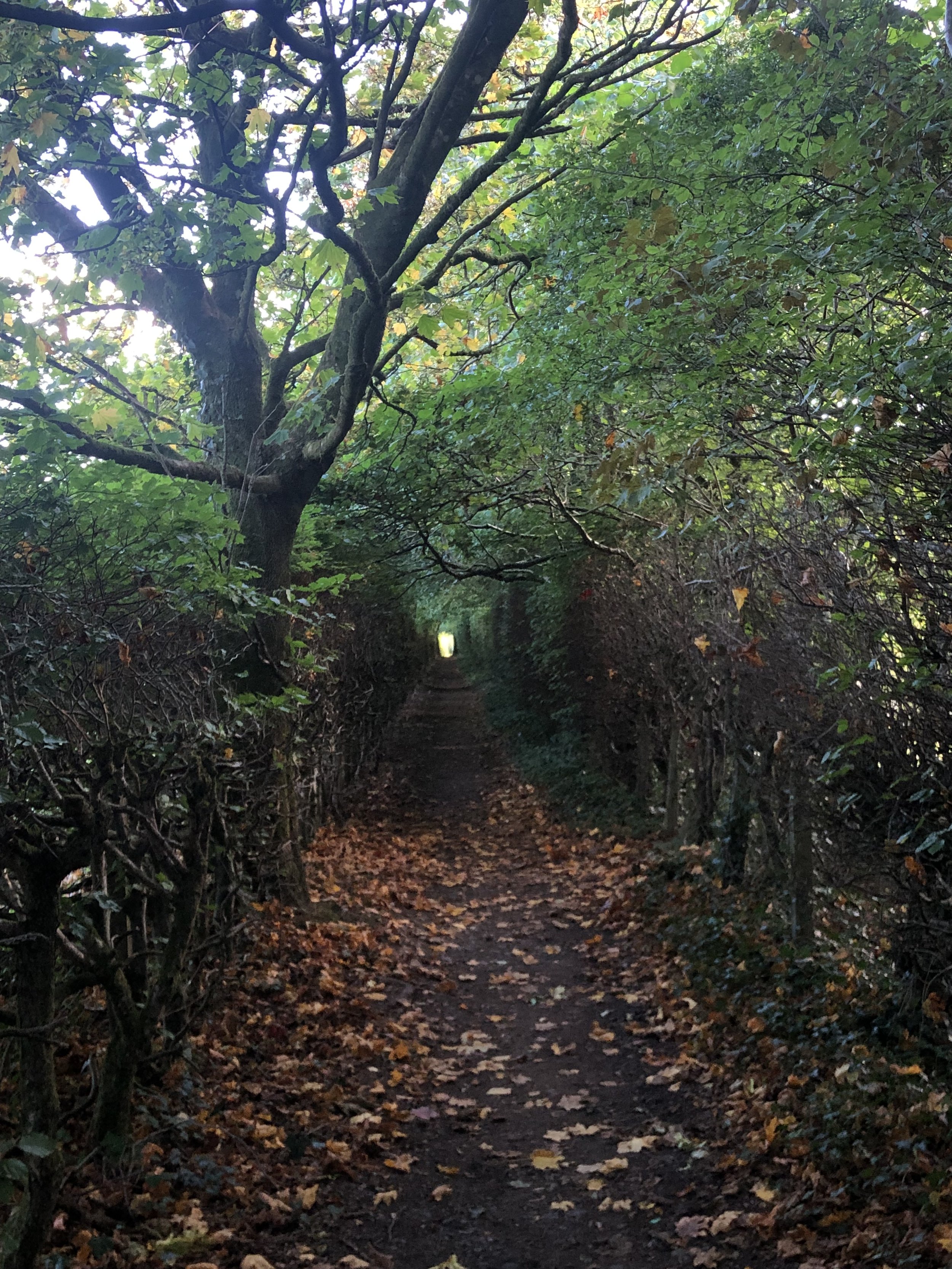It is so easy to want to retaliate. To reciprocate with like for like. To strike back in order to defend ourselves in the moment. To give tit for tat. It isn’t a good tactic, but it sure feels like one at the time.
This morning over coffee, we had one of those moments. One of us brought something up. The other shared the frustration that “something” surfaced for them. Which then led the first person to bring up a different “something” that had caused them frustration in the past. Most recently the day before, although they hadn’t mentioned it at the time. Which meant that because it wasn’t expressed as a separate “something” then, it became tangled up with the other “something” now. All of a sudden the “somethings” and the frustrations around them were coiled up together, making it more difficult to actually get the to “somethings” that were asking to be addressed.
Thinking back to this morning it occurs to me that like every messy interaction that comes with every close relationship, there is wisdom to be found in the midst of the tangle. For instance, if I feel something, say something. Maybe not right at that moment, as sometimes a deep breath, a walk down the road, or a good night of sleep can clarify, simplify, and soften the message so that it can be expressed with respect and received with grace. It is such good, and yes, hard, practice to "say what isn’t being said”, because that’s usually where the truth hides out.
As the day and our conversation continued, we got back on track to address our respective “somethings”. And that’s nothing if not something to feel good about, especially considering that neither of us got rattled.






